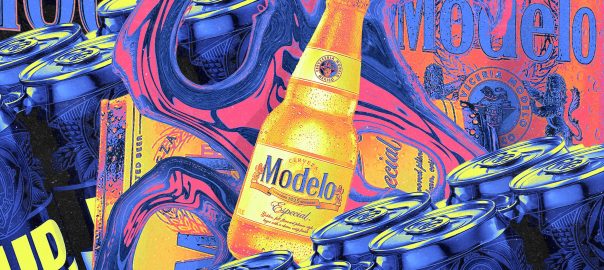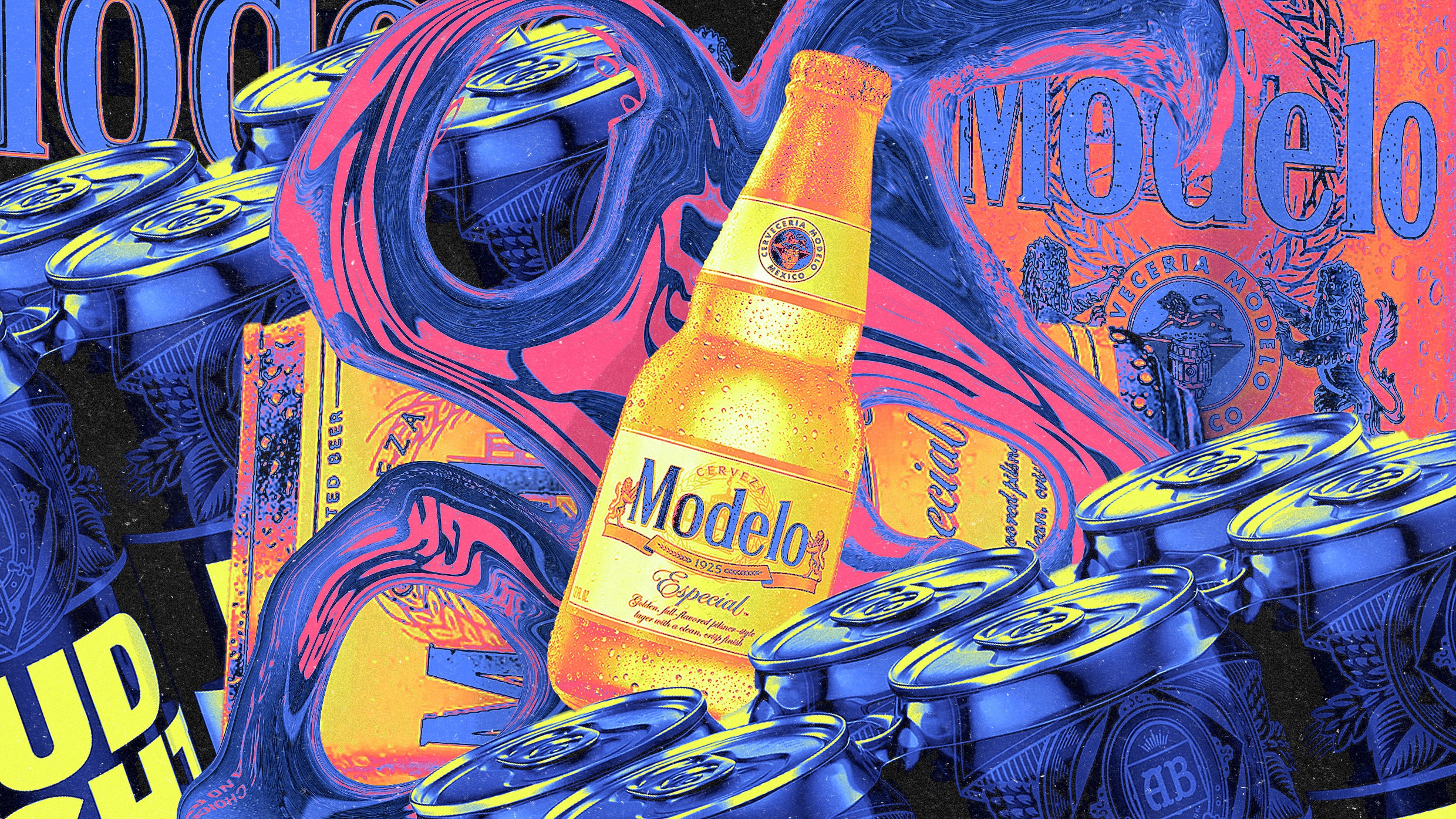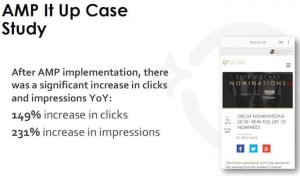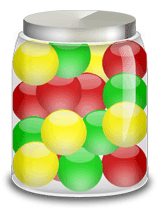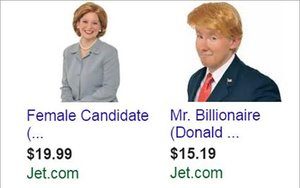Branded is a weekly column devoted to the intersection of marketing, business, design, and culture.
This month, Modelo Especial became the top-selling beer in the United States, surpassing longtime sales-champion Bud Light. So far, Modelo Especial’s crowning has largely been explained less in terms of Modelo’s rise than in terms of the dethroned Bud Light’s fall. That’s understandable: The culture-war spectacle spilling over from Bud Light’s minor association with transgender influencer Dylan Mulvaney, and its apparent damage to sales, has become perhaps the most sensational marketing story of the year.
But this has overshadowed the fact that Especial was the No. 2 seller waiting in the wings—quietly outselling fellow imports like Corona, Heineken, and Stella Artois as well as brands Miller Lite, Coors Light, and Bud itself.
The Modelo brand dates back to the 1920s and has built market share very gradually over time. But a good chunk of its growth has actually come pretty recently: A decade ago, Especial wasn’t even in the top 10. Its rise is a result partly of shifting demographics, changing tastes, and some solid, if not exactly flashy, marketing.
What we’re specifically talking about here is retail beer sales. As recently as January, Bud Light held more than 10% of that market, with Modelo Especial in second place at around 7.5%. Then came the Mulvaney brouhaha and the company’s weak response; by the first week of June, Bud Light’s share had fallen to 7.3%—and Especial climbed to 8.6%, putting it in the top slot. (Rivals Coors Light and Miller Lite also grew their shares, suggesting Bud Light defectors scattered in multiple directions.) Bud Light had been the top seller since 2001, when it overtook Budweiser.
Beer-industry observers attribute Modelo’s rise over the past decade to a combination of factors. First, it’s long been popular with a Latino demographic that’s growing not just in population but in spending power. Second, it’s been positioned as slightly more premium than typical mass brews. (Think of the gold foil wrapper around the cap.) That’s been a growing market segment. Especial was just exotic enough to attract a hipster following—and by 2018, it had surpassed Corona to become the No. 6 bestseller.
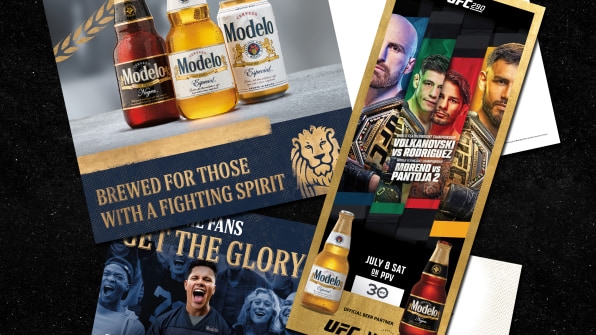
While Modelo has hardly been a ubiquitous marketing force by the standards of the branding-crazed beer business, it has pushed a “Mark of a Fighter” campaign that both celebrates tradition and embraces the contemporary, always underscoring hard work and authenticity. Spots revolve around subjects like a dedicated bodega owner and a grandmother homemaking tortillas, but also the diverse-hipster rock band and the bartender at a trendy night spot. The binding theme: “You’ve earned this.” Modelo has never had a Super Bowl ad, but it does sponsor mixed martial arts, a fast-growing sport. The strategy has been to gradually expand beyond its strong Latino following.
This may not be the kind of cultural-conversation marketing that beer-makers often strive for—and in terms of unaided brand awareness, Modelo is still not nearly as well-known as Corona—but it’s clearly been effective. And notably, while its “you’ve earned this” message is inclusive and decidedly American, it really seems like a counter position to Corona’s chill-escape vibes more than a response to domestic-brand flag-waving. As Fast Company’s Jeff Beer reported last year, it’s only relatively recently that the brand has made a more concerted effort to reach beyond its Latino core customer, partly by experimenting with new drinks. According to The Wall Street Journal, 45% of Modelo Especial drinkers are non-Latino today, compared to 30% in 2019.
Here, it’s worth pausing to address a disconnect between beer brands’ cultural affiliations in the minds of consumers, and their actual ownership. Super-American-seeming Bud Light is owned by Anheuser-Busch InBev, based in Belgium. Modelo—and, as it happens, Corona—are brewed in Mexico but owned in the U.S. market by Constellation Brands. Everywhere else in the world, the Modelo and Corona brands are owned by . . . Anheuser-Busch InBev. This curious arrangement came about to resolve a U.S. government anti-trust suit following AB InBev’s acquisition of Grupo Modelo in 2012; that was resolved by a sale to Constellation, a wine and spirits company based in the U.S. (Constellation and AB InBev still have squabble over brand issues in various markets.)
Interestingly, Mexico-based brewery Cervecería Modelo came about in the 1920s in response to an interest in bringing European-style lagers to that market. Modelo Especial was its flagship; Corona debuted later. Grupo Modelo today controls more than half the Mexican beer market, according to Barron’s. And meanwhile, Mexican imports have now been one of the U.S. market’s most robust categories for years, maintaining a vaguely premium import feel without the same cost hike a craft beer entails. According to The Washington Post, roughly 80% of U.S. beer imports come from Mexico, compared to 17% three decades ago.
Technically, Bud Light still has the top aggregate sales for the year, but reversing recent trends is a bigger challenge than overcoming recent missteps. Despite its long reign, Bud Light’s sales had been flagging for years. “[Bud Light] is a brand that was reliably shrinking in sales every single year for over a decade,” one analyst told NBC recently. That’s exactly what led to efforts to expand the brand’s audience, in part by working with influencers like Mulvaney. Industry observers were already expecting both Modelo and Michelob Ultra to overtake Bud Light in the years ahead; the controversy just speeded that up.
Still, the rise of Modelo Especial is remarkable. “A Mexican beer brand in the United States is the number two beer brand in America,” a Modelo executive marveled last year, while accepting a sports sponsorship award, predicting, “it will be number one in about two, maybe three years.” Events moved faster than that, but his point still holds: The idea of a Latino-rooted brand beating out Bud Light would have seemed outlandish not so long ago. But it turns out a more diverse America is not a woke-mob fantasy, it’s a marketplace reality.
(5)
